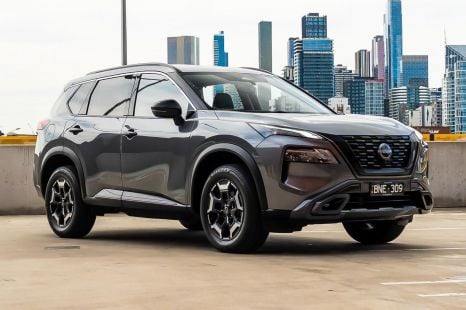

William Stopford
2026 Nissan X-Trail review
2 Hours Ago
The Sorento plug-in hybrid is only available in flagship spec and – for now, at least – that counts against it.
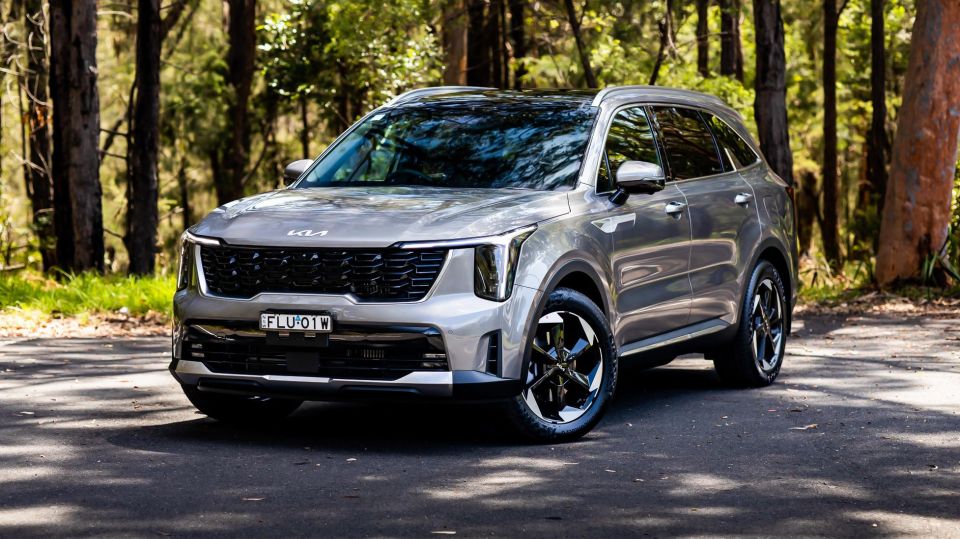


Quickly see how this car stacks up against its competition. Select any benchmark to see more details.
Where expert car reviews meet expert car buying – CarExpert gives you trusted advice, personalised service and real savings on your next new car.
The Kia Sorento range is one of the most diverse large SUVs in terms of its powertrain offerings, with petrol V6, diesel four-cylinder, petrol-electric hybrid (HEV), and petrol plug-in hybrid (PHEV) versions available.
WATCH: Paul’s video review of the 2024 Kia Sorento GT-Line HEV AWD
All of them have seven seats and plenty of sophistication, but as of right now – early 2025 – you still have to spend a heap more money if you want an HEV or PHEV version of this impressive model.
It’s the most expensive version of the Sorento that’s on test here: the GT-Line PHEV, which has all-wheel drive as standard, but costs a whole lot more than you might expect.
So is it worth considering? Read on to find out.
As mentioned, the PHEV powertrain is reserved for the flagship GT-Line trim at this point in time. Kia Australia has, however, suggested it wants to expand its offering of ‘new energy’ powertrain options across more price points in the Sorento line-up.
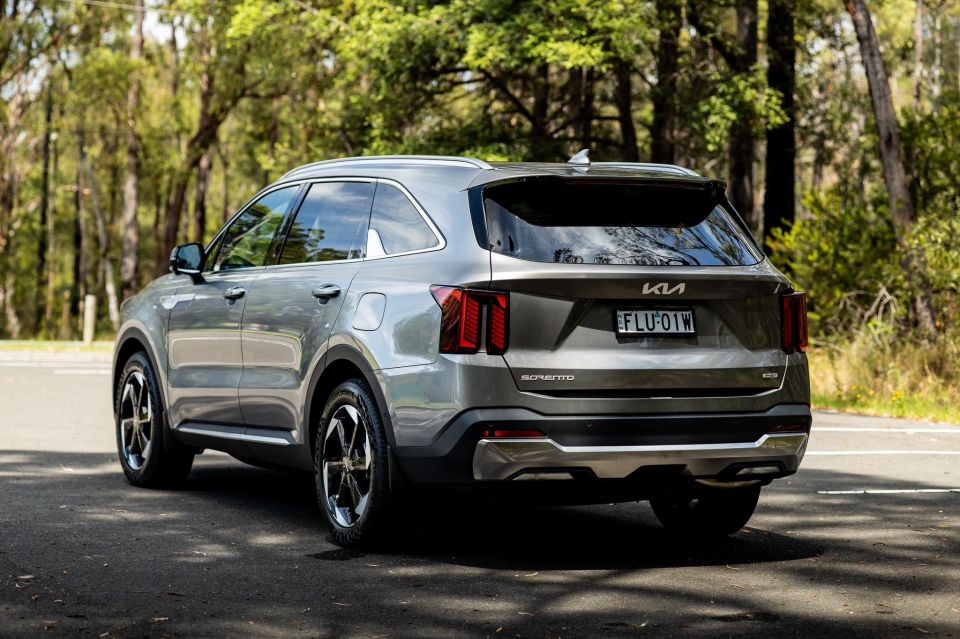
That should mean, in theory, that there’ll be some movement in the range in 2025 that would see HEV and PHEV powertrains become available with lower equipment levels at more affordable prices.
But the reality here is that the all-wheel drive PHEV is the most expensive option in the Sorento range right now, representing a massive circa-$19,000 premium over the equivalent-spec front-drive petrol V6, and about $16,000 more than the excellent diesel AWD. It’s also more than $11K dearer than the GT-Line version of the plugless HEV with AWD.
| Model | Price before on-road costs | Drive-away pricing (NSW) |
|---|---|---|
| Kia Sorento S V6 FWD | $50,680 | $54,090 |
| Kia Sorento Sport V6 FWD | $53,300 | $57,090 |
| Kia Sorento S Diesel AWD | $53,680 | $57,090 |
| Kia Sorento Sport Diesel AWD | $56,300 | $60,090 |
| Kia Sorento Sport+ V6 FWD | $58,230 | $61,990 |
| Kia Sorento Sport+ Diesel AWD | $61,230 | $64,990 |
| Kia Sorento GT-Line V6 FWD | $65,590 | $69,690 |
| Kia Sorento GT-Line Diesel AWD | $68,590 | $72,690 |
| Kia Sorento GT-Line HEV FWD | $70,330 | $76,151 |
| Kia Sorento GT-Line HEV AWD | $73,330 | $79,301 |
| Kia Sorento GT-Line PHEV AWD | $84,660 | – |
To see how the Kia Sorento lines up against the competition, check out our comparison tool
Buy your new car without the stress. It's fast, simple and completely free.

Great service from Travis and team, second time I have used this business would not hesitate to recommend them to anyone
Craig C.
Purchased a Ford Ranger in Sunshine Coast, QLD
CarExpert helped Craig save $7,224 on his Ford Ranger, now let us save you on your next new car.
Get your BEST priceThe interior of the Kia Sorento GT-Line, no matter which powertrain you pick, is a lovely place to sit and feels more upmarket than some rivals.
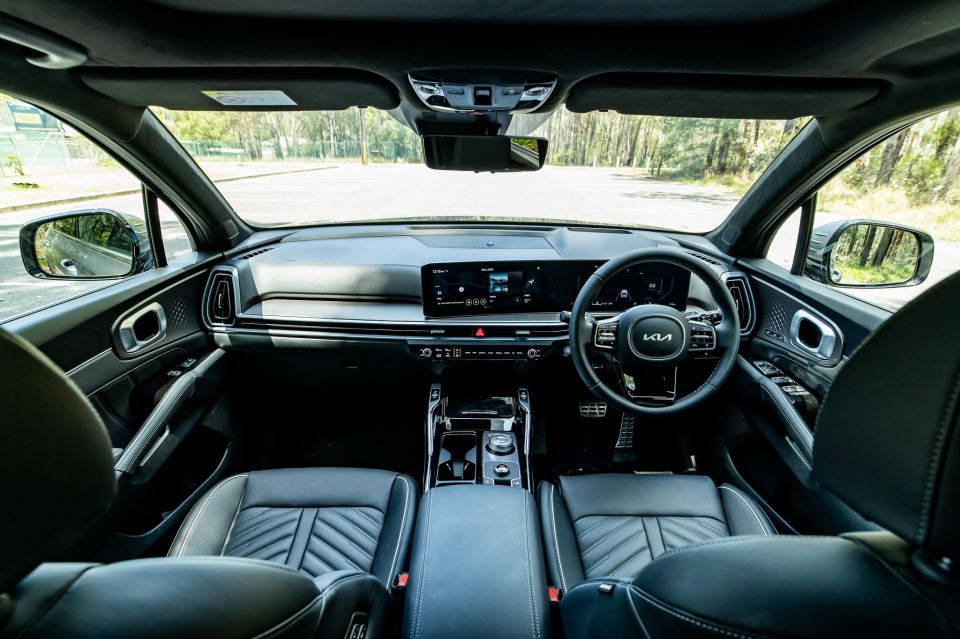
Front seat occupants have terrific inclusions like heated and ventilated seats with plenty of adjustment and good comfort, and the tasty Nappa leather seat trim also makes you feel like you’re getting the business-class experience, too.
The dash design is modern and stylish, with a pair of 12.9-inch screens flowing together in a single panel, and it really does make this cabin feel up-to-date. It’s also easy to learn, with large icons and quick response times that make it easy to jump around the screens. And even though there’s built-in sat nav, you still get wireless Apple CarPlay and Android Auto, too.
There’s a line of touch buttons below the dashboard for shortcuts around the infotainment menus, and also for the climate controls. You can toggle between those functions with a button which changes the display, and how the two knobs on the dash behave. Once you get the hang of this touch-panel, it’s really intuitive.
The digital instrument cluster is easy to read, and presents a good amount of info, but you can’t show a live-map navigation readout there. Odd.
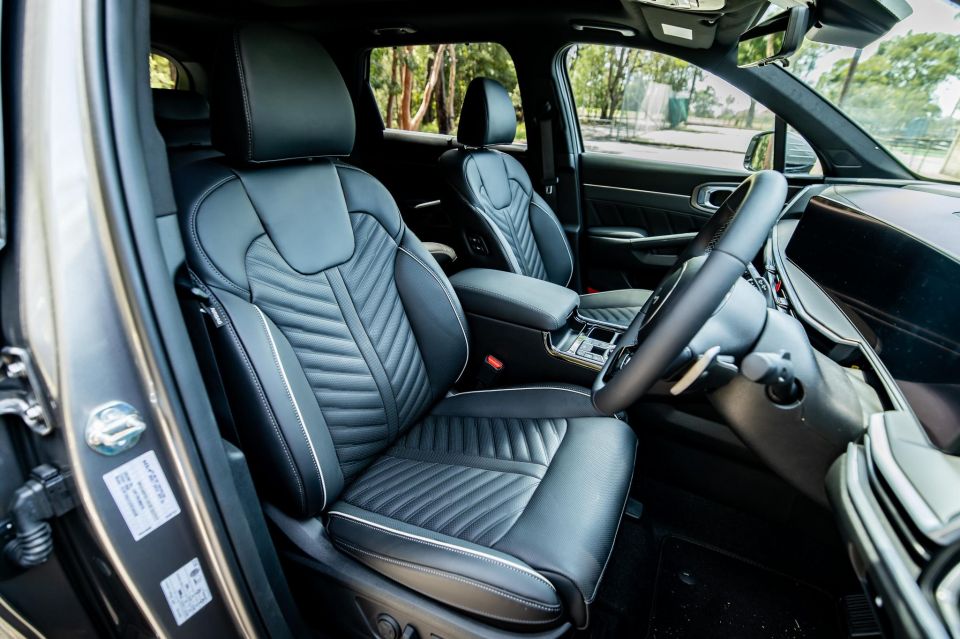

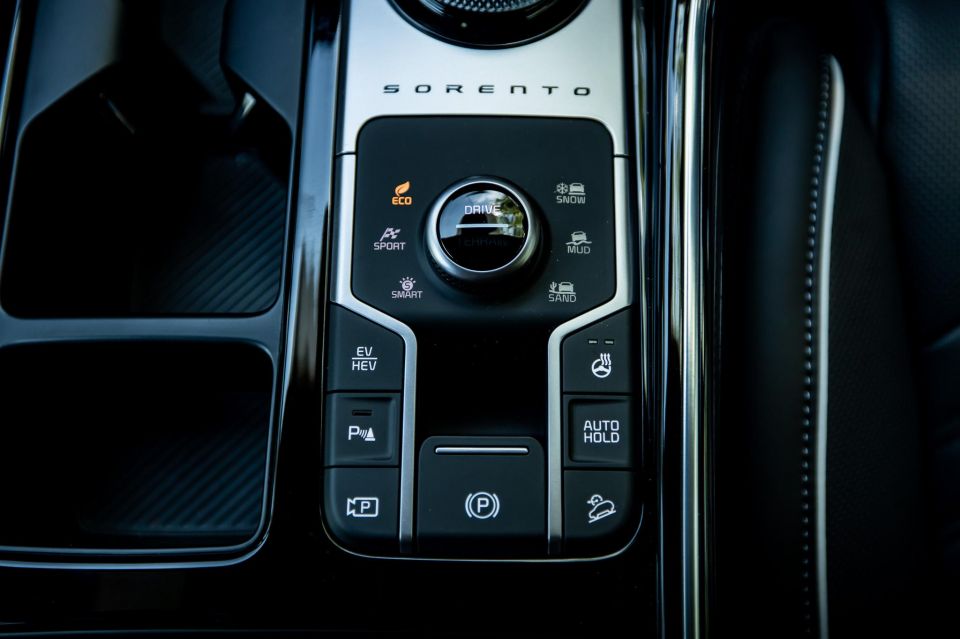
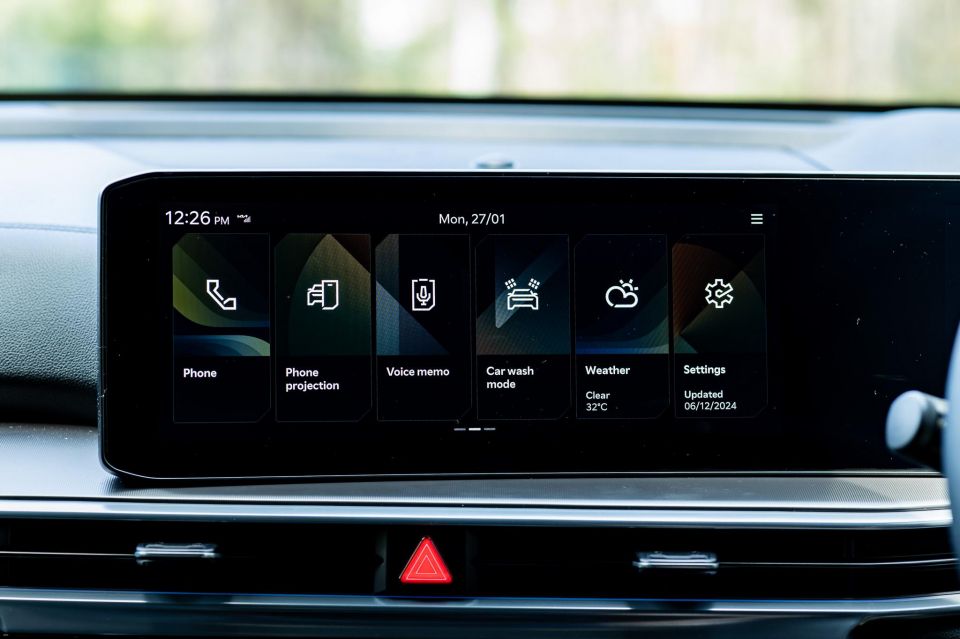
Charging is taken care of by a set of USB-C ports up front, and there’s a wireless phone charger as well.
Plus the storage space up front is exceptional, with a huge area for phones under the dashboard, two cupholders, a deep bin under the central armrest, and spacious door pockets.
Annoyingly, though, there is some plastic trim on the transmission tunnel that remains a dust and fingerprint magnet.
Parents will love the fact there’s a passenger talk function, so those in the very back can hear the grown-ups by way of the speakers and a microphone up front.
As for the middle row, there is enough legroom and headroom for big teenagers and full-sized adults, to the point where six-footers can happily sit behind six-footers.
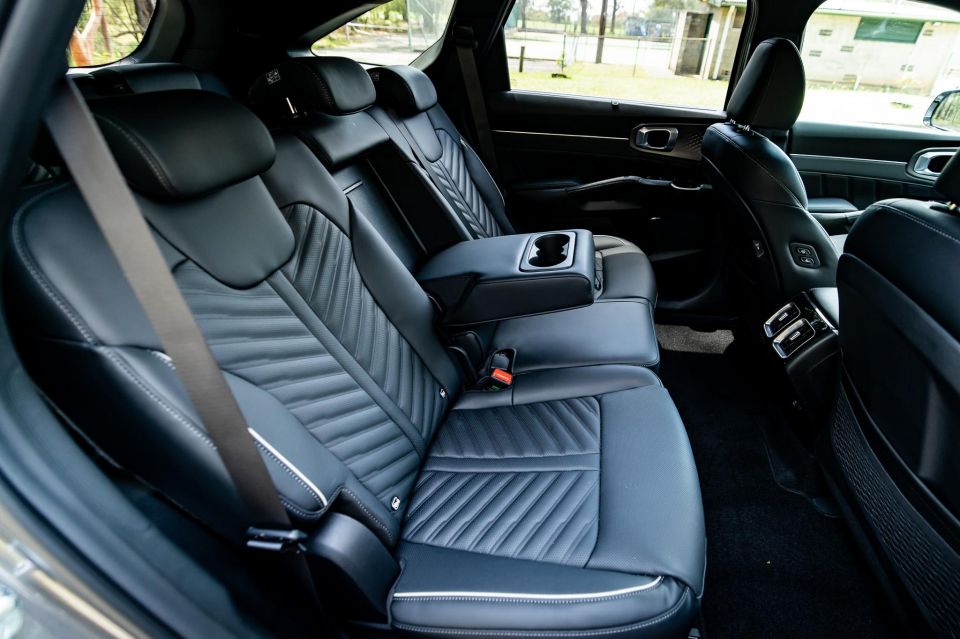
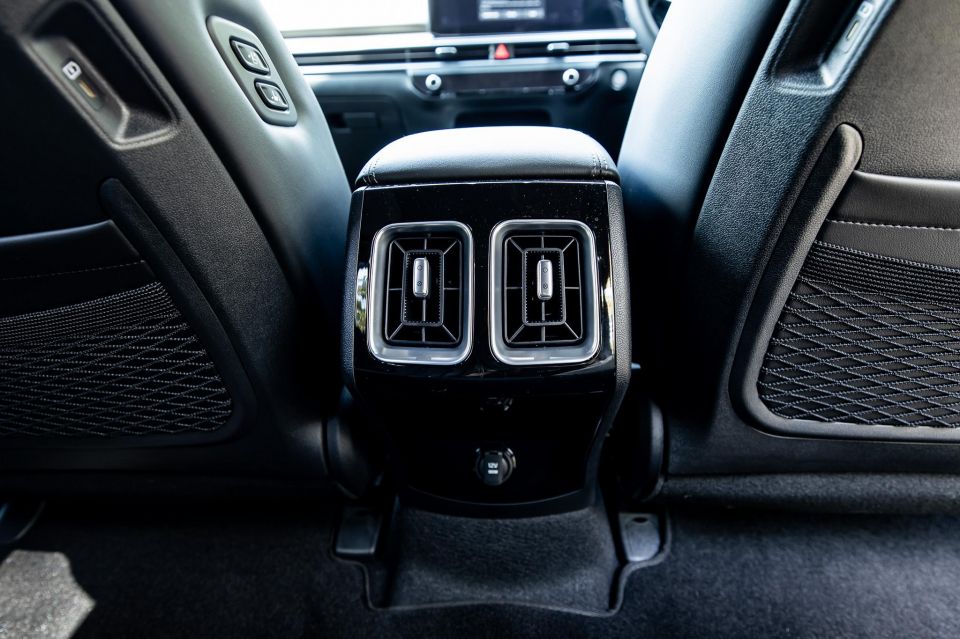
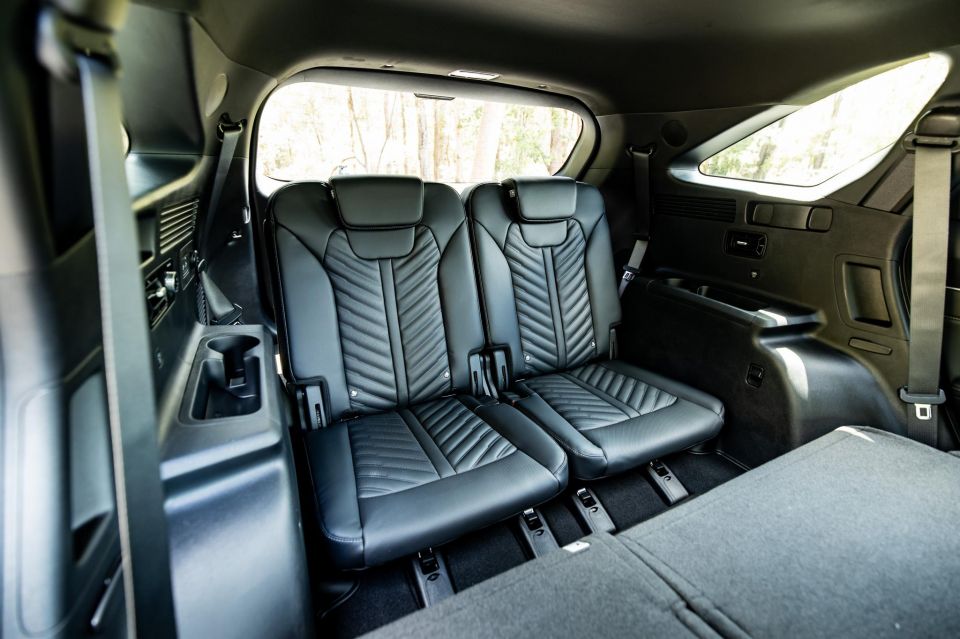
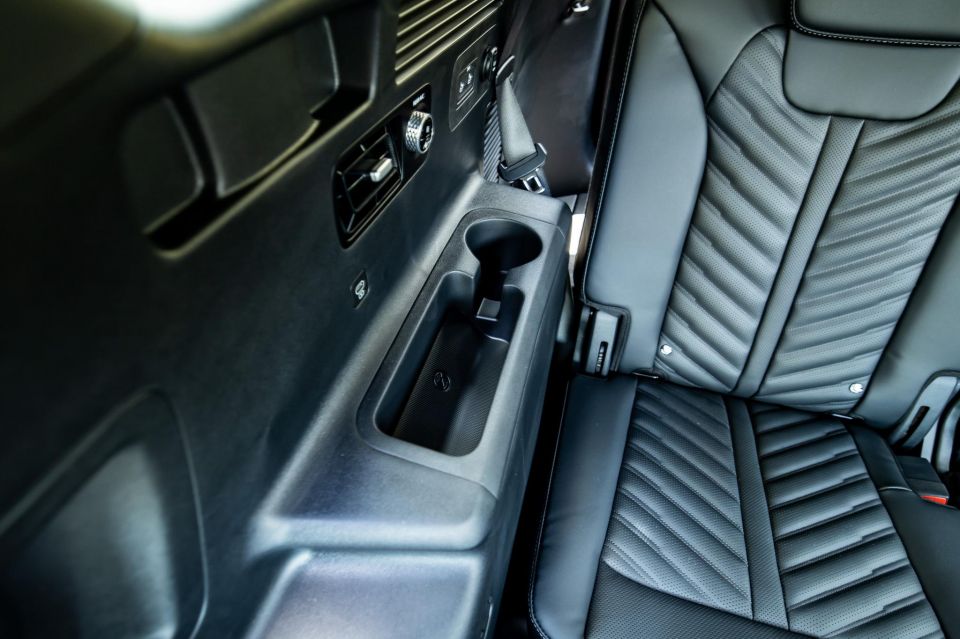
Middle-row riders get a fold-down central armrest, with additional cupholders on the door cards, and more storage besides that. There are no climate controls for the second row, but there are directional vents.
Parents will be happy with the ISOFIX child seat anchors in the window seats, and there’s also a trio of top-tether points back there. If child seats aren’t occupying the window seats, those who do will be able to toast their tooshies by way of the outboard seat heating controls.
The third row is fine, but not outstanding (if you need outstanding, buy a Kia Carnival – trust me!).
The rearmost seats are best reserved for small kids or emergency seating, and there is one-touch folding for the second row, to make access easier. Big units might struggle, but little agile ones will clamber in happily.
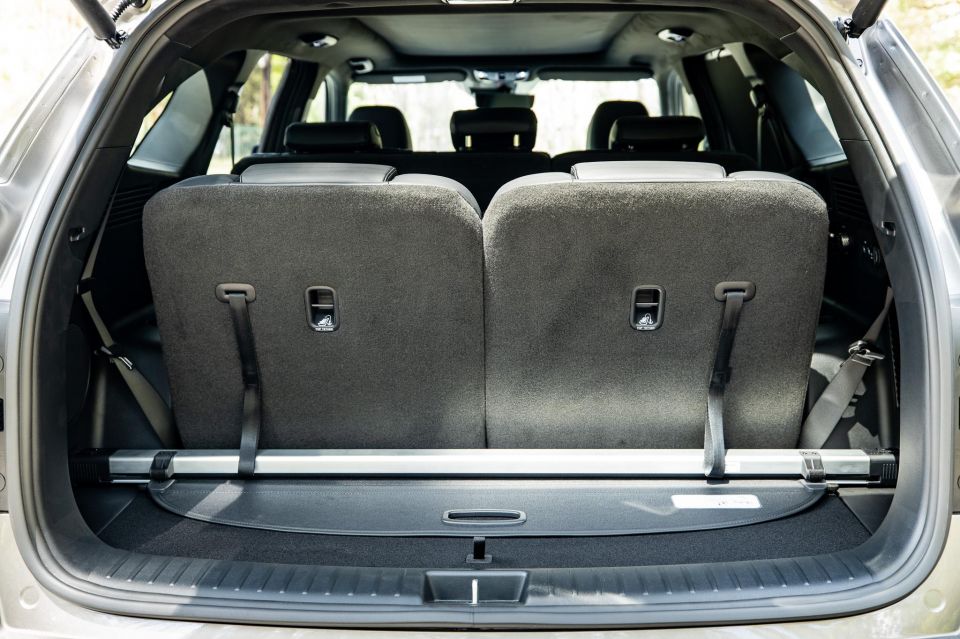
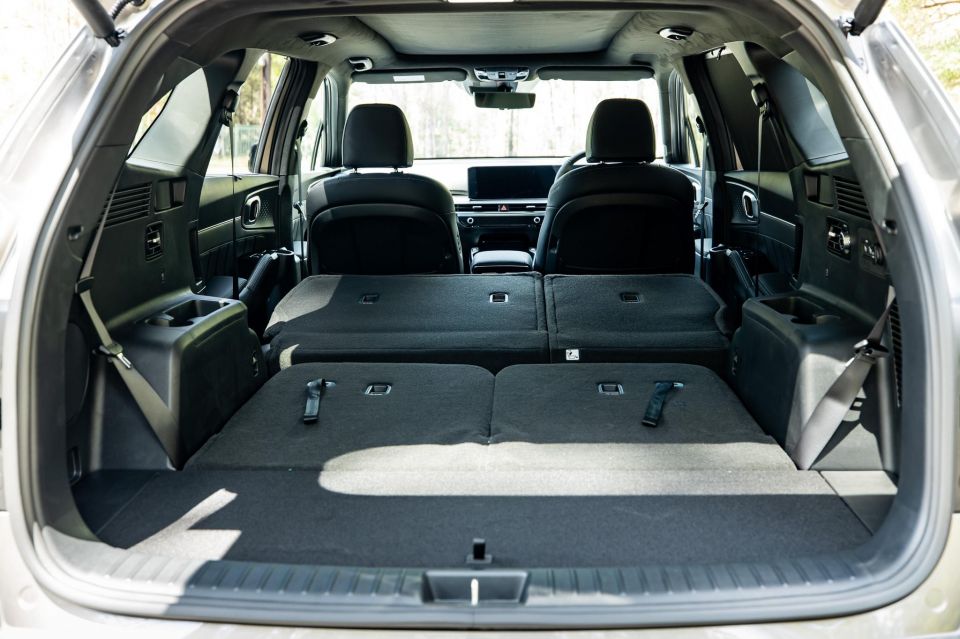
Third-row headroom is tight for adults, and the flat seats mean it’s a knees-up proposition. But if you’re someone who uses their seven-seater with lots of kids on board, you’ll be happy to learn there are a further two ISOFIX points and two top-tethers for the very back row.
Those in the back get separate fan controls and vents, and USB charge points, as well as storage for a small bottle and phone.
In terms of luggage space, the Sorento offers 187L with the third row in place, 616L in its five-seat layout and 2011L with the second and third rows folded flat. There is a small charging cable bag that takes up a bit of space in the boot, too.
All versions feature a full-size alloy spare wheel, and there’s even a space for the cargo blind beneath the boot floor.
| Dimensions | Kia Sorento GT-Line PHEV |
|---|---|
| Length | 4810mm |
| Width | 1900mm |
| Height | 1695mm |
| Wheelbase | 2815mm |
| Cargo capacity | 187L (7 seats) 616L (5 seats) 2011L (2 seats) |
To see how the Kia Sorento lines up against the competition, check out our comparison tool
This PHEV is a bit different to some of the other plug-in hybrids on the market.
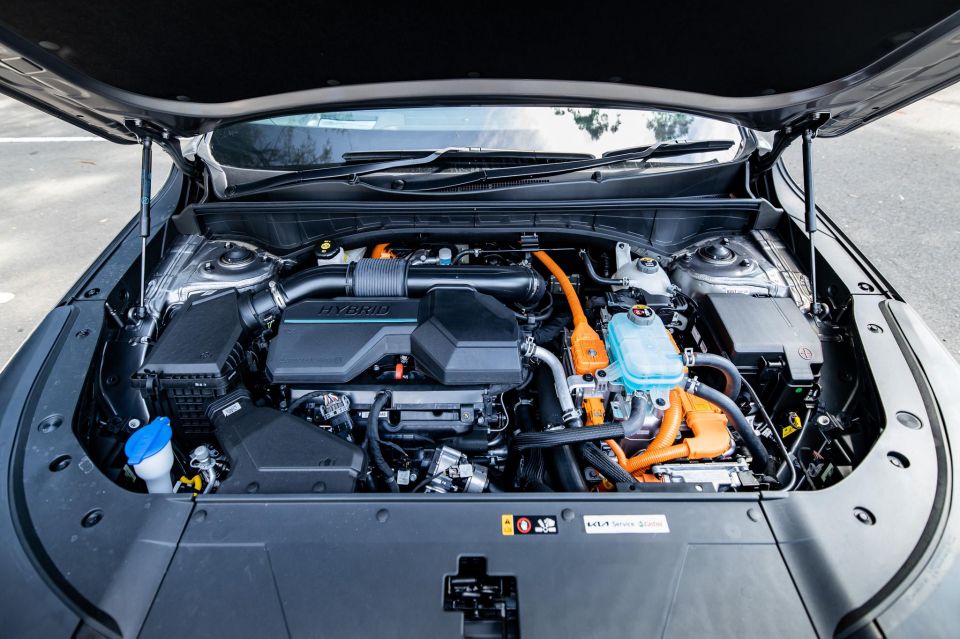
It runs a 1.6-litre turbocharged four-cylinder petrol engine teamed with an electric motor integrated into its six-speed automatic transmission, and it has on-demand all-wheel drive.
The petrol engine makes 132kW of power at 5500rpm and 265Nm of torque over 1500-4500rpm on its own, with the transmission-mounted e-motor contributing 67kW (2100-3300rpm) and 304Nm (0-2100rpm) for total system outputs of 195kW and 350Nm.
Under the second-row seats is a 14kWh lithium-ion polymer battery pack which can be charged via AC single-phase power at a maximum rate of just 3.3kW. It’ll take three hours 25 minutes to charge from 15 to 95 per cent at this rate through its Type 2 port.
Kia claims a pure-electric driving range of up to 68km (NEDC), combined fuel consumption of just 1.6L/100km, and CO2 emissions of 36g/km. It has a 67-litre fuel tank and needs 95RON premium unleaded.
When I charged it up, I saw an indicated 50km of EV range on the display, and in reality it achieved 55km in EV mode over a mix of driving scenarios.
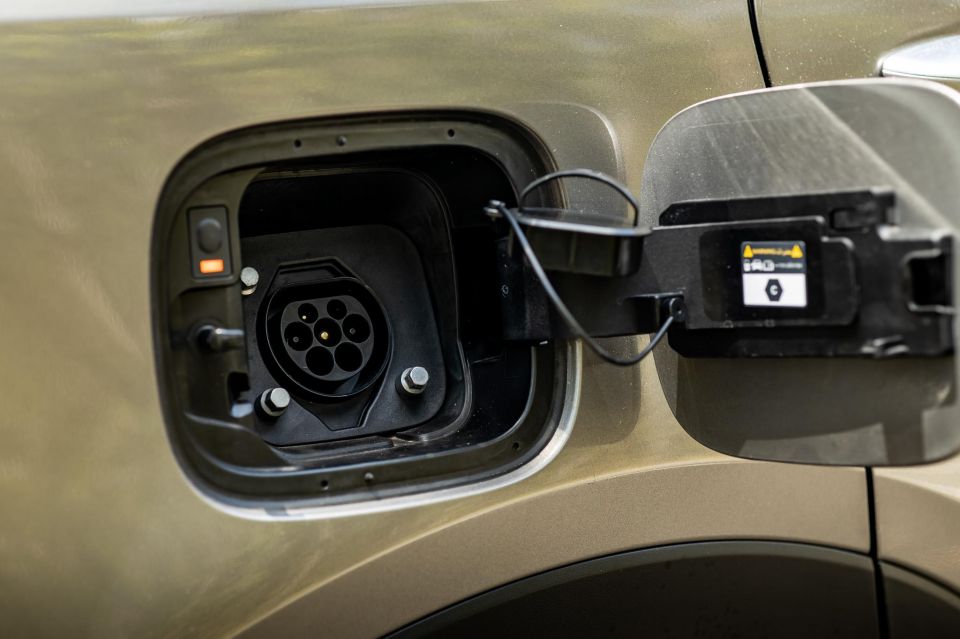
I ran it out to 100km to get an idea of whether the claimed 1.6L/100km is realistic, and I saw a real-world figure of 2.5L/100km for that first hundred kays.
Then I did a hundred with the battery depleted, to get an idea of what it might be like if you can’t top up on EV power. And with some start-stop driving, urban running and highway cruising, I saw a return of 6.5L/100km indicated.
Not bad, but not quite a game-changer.
The battery weighs 140kg on its own, and contributes to this Sorento’s porky tare weight of 2052kg. Be mindful that the gross vehicle mass is 2680kg, so if you want to fit seven people on-board they might need to eat light lunches in the lead-up.
The towing capacity for the Sorento PHEV is 750kg unbraked and 1350kg braked. Choose the diesel AWD and you get 2000kg max towing capability.
To see how the Kia Sorento lines up against the competition, check out our comparison tool
Let’s talk about the powertrain first and foremost, because it is a peculiar one.
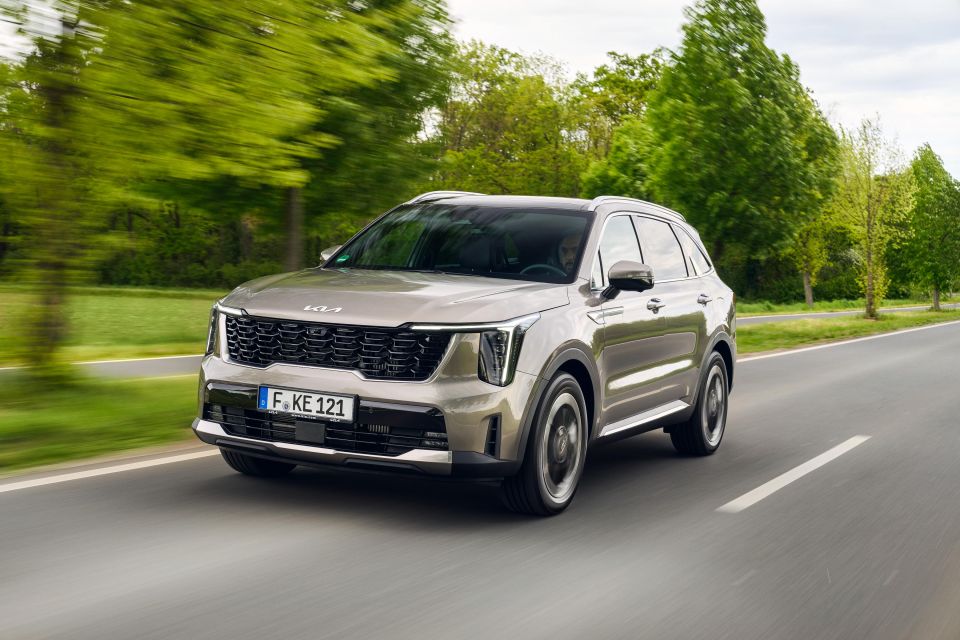
The electric motor is integrated into the transmission, and what this means is that you can feel and even hear gearshifts occurring, even with the car running in fully electric mode.
In hybrid mode, it will obviously use that gearbox too, and in some instances it can make the drive experience feel somewhat laggy, with a hesitation between the engine and transmission and the electric intervention. My partner drove this car and said “it felt hard to guess what would happen next” when in hybrid mode.
Another quirk of this powertrain is that, even if you’re in EV mode and you’re trying to dictate the powertrain behaviour, it will overrule you and occasionally kick the petrol engine into life.
Whether it’s when you push the throttle hard, or even during deceleration down hills, it won’t stay in EV mode all the time when that mode is selected, unlike some other PHEVs.
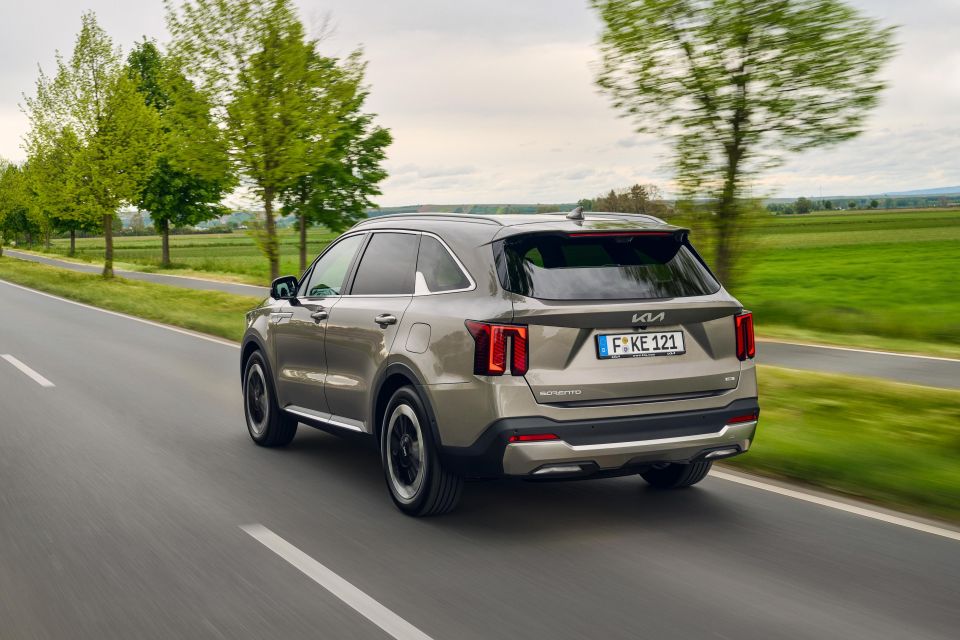
As mentioned above, it does have a good amount of EV driving range available, but with this part of the market shifting quickly – there are PHEVs with 100km-plus ranges hitting our shores this year – it already feels like this Sorento is a bit behind the times.
That comes down to the low-capacity battery, which at 14kWh for a two-tonne-plus SUV is not exactly made for long-distance EV commuting.
In fact, if you need a seven-seater SUV and you know you’d like to get more out of your EV drive component, the Mitsubishi Outlander PHEV might be a great choice. It’s cheaper than this SUV, and while it is also slightly smaller, I managed to get more than 80km of EV driving out of a full charge.
When it comes to performance, there’s certainly enough on offer here. You’ve got multiple modes to choose from, including Eco, Normal and Sport, and the latter really allows you to get the most out of the powertrain. It’s not ridiculously fast, but it is rapid enough.
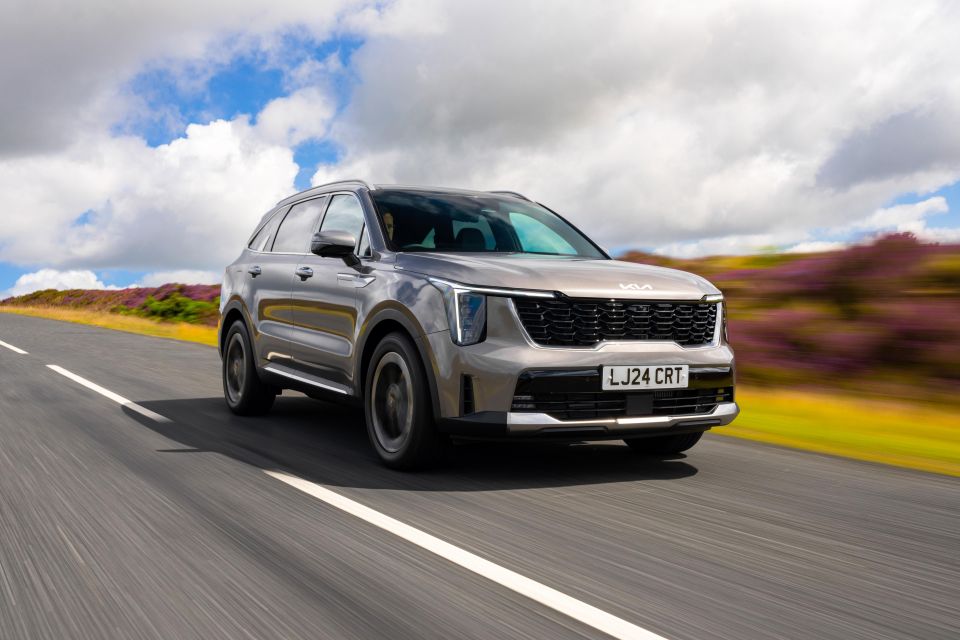
The drive experience is predictable, with steering that feels manageable at all speeds and easy to turn when you’re parking, and the ride comfort isn’t too bad, with a slightly firm edge to it, but it never feels too jarring or sharp.
It is a little heavier than the other versions, but the weight isn’t all that noticeable in most situations.
But we noted a couple of quality issues with our loan car: there was a slight vibration in EV mode at low speeds, especially when turning, and the dashboard of the car developed a squeak after just 1200km.
To see how the Kia Sorento lines up against the competition, check out our comparison tool
On test here is the flagship variant in the Sorento range, the GT-Line PHEV.
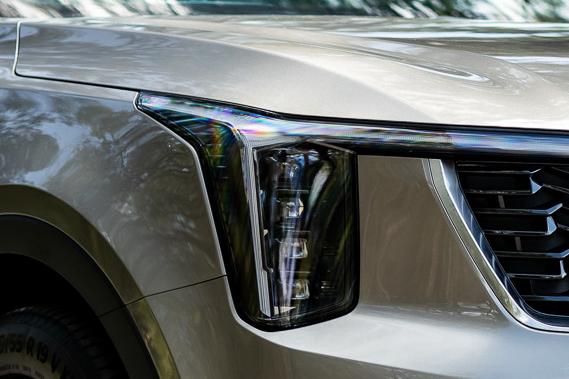

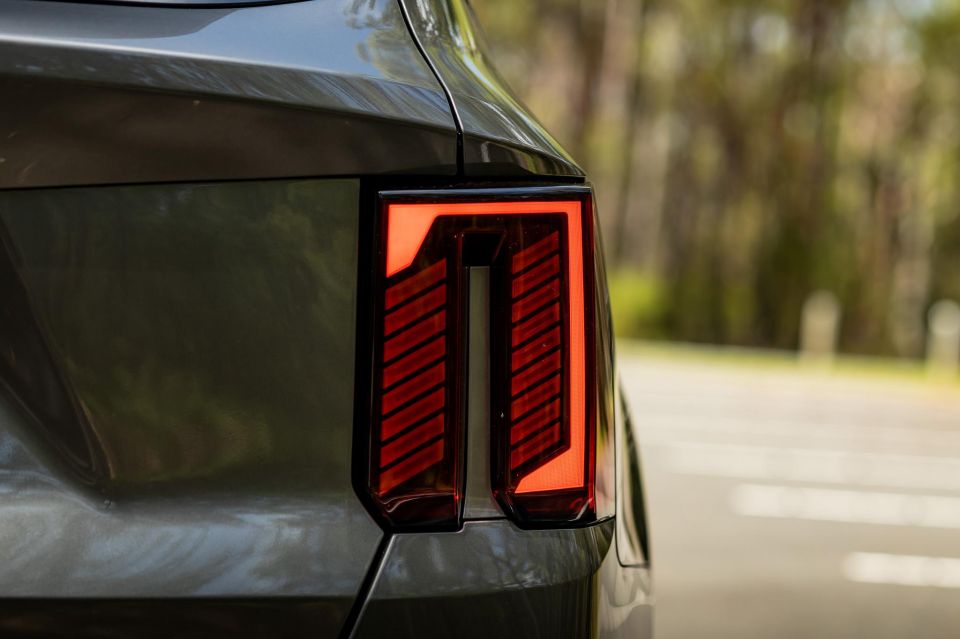
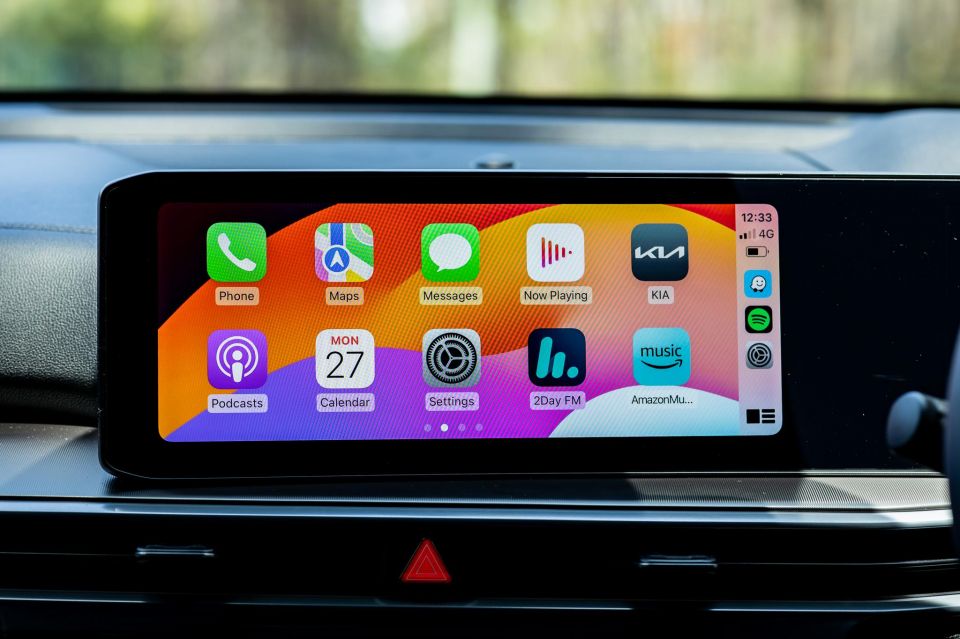
2025 Kia Sorento GT-Line PHEV equipment highlights:
The maximum five-star ANCAP rating was awarded to the Sorento in 2020, and it continues on with the result across all powertrain choices.

| Category | Kia Sorento |
|---|---|
| Adult occupant protection | 82% |
| Child occupant protection | 85% |
| Vulnerable road user protection | 63% |
| Safety assist | 89% |
Standard safety equipment includes:
All 2024 Kia Sorento models now also receive Kia Connect online services, which include:
The Sorento Sport and above add Highway Driving Assist which functions only when driving on a freeway or motorway and builds on adaptive cruise control with stop-and-go capability, combined with Lane Following Assist to keep the car centred in the lane.
GT-Line variants add:
The Sorento has seven airbags, including dual front, front centre, front side and curtain airbags, but note that the third-row occupants’ heads are not covered by those curtain bags.
The 2024 Kia Sorento is covered by a seven-year, unlimited-kilometre warranty, and the same cover is offered for the battery pack for the PHEV model.
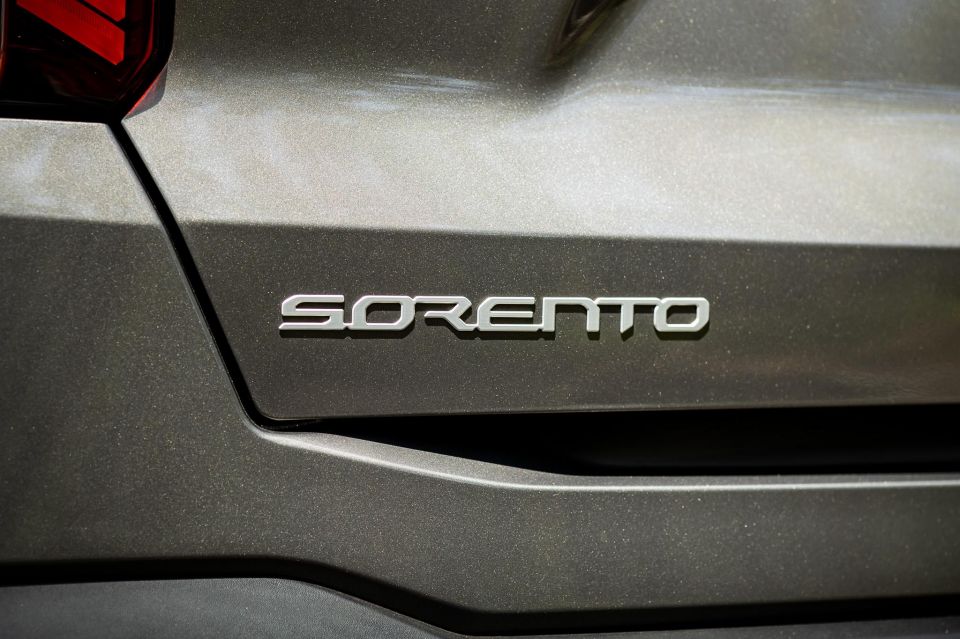
Where expert car reviews meet expert car buying – CarExpert gives you trusted advice, personalised service and real savings on your next new car.
Servicing requirements are a big consideration here. The Sorento PHEV needs maintenance every 12 months or 10,000km, making it needier than its non-electrified siblings.
And it costs a helluva lot to service, considering those interval durations, as follows:
| Service interval | Price |
|---|---|
| 12 months/10,000km | $329 |
| 24 months/20,000km | $669 |
| 36 months/30,000km | $726 |
| 48 months/40,000km | $1016 |
| 60 months/50,000km | $370 |
| 72 months/60,000km | $1165 |
| 84 months/70,000km | $662 |
That means your average service cost is $705, so while your petrol expenses might be lower, you’re diverting some of that cost towards maintenance.
Roadside assistance is available, and if you service with Kia you will have it renewed out to eight years of cover.
Buy your new car without the stress. It's fast, simple and completely free.

Great service from Travis and team, second time I have used this business would not hesitate to recommend them to anyone
Craig C.
Purchased a Ford Ranger in Sunshine Coast, QLD
CarExpert helped Craig save $7,224 on his Ford Ranger, now let us save you on your next new car.
Get your BEST priceFrankly, this is the least enticing version of the Sorento in GT-Line spec. The price seems exorbitant, and the diesel AWD is easily a better pick for those who want a powerful and efficient version of this seven-seater.
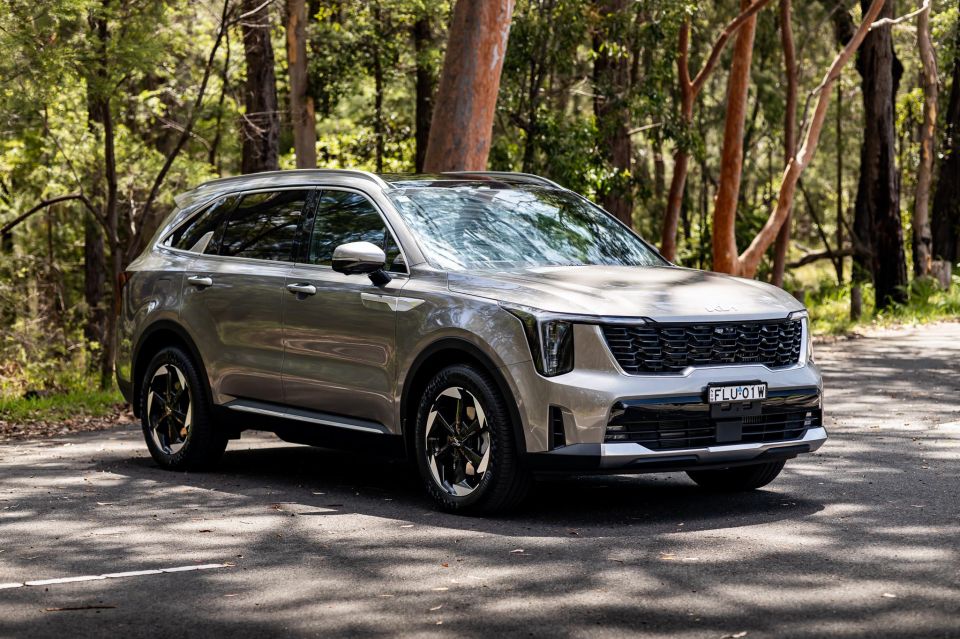
That’s what I’d buy if I was set on a Sorento. Or maybe even the cheaper Sport+ diesel AWD.
Interested in buying a Kia Sorento? Get in touch with one of CarExpert’s trusted dealers here
Click the images for the full gallery
MORE: Everything Kia Sorento
Where expert car reviews meet expert car buying – CarExpert gives you trusted advice, personalised service and real savings on your next new car.
Matt has more than a decade of experience in automotive journalism, and loves exploring the pros and cons of new cars, delving into deep-dive industry stories, and going for a drive just for the fun of it.


William Stopford
2 Hours Ago
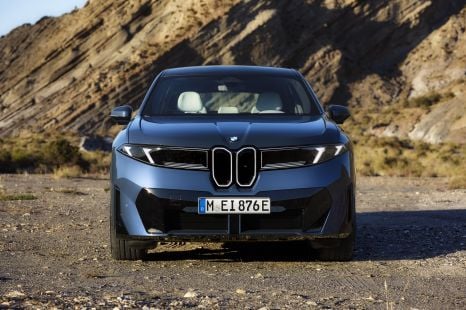

William Stopford
18 Hours Ago
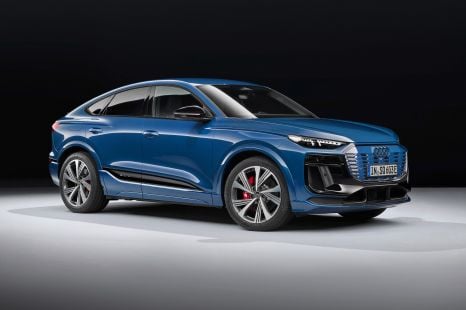

William Stopford
18 Hours Ago
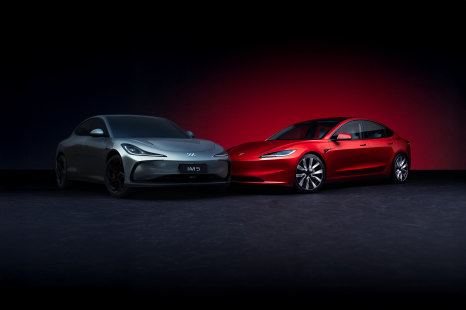

Andrew Maclean
19 Hours Ago


Derek Fung
19 Hours Ago
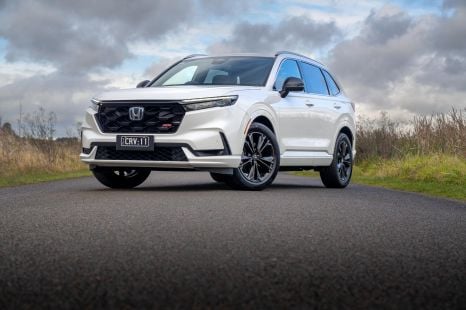

Andrew Maclean
19 Hours Ago